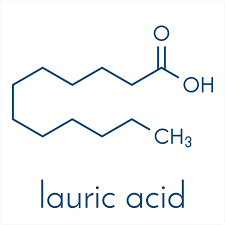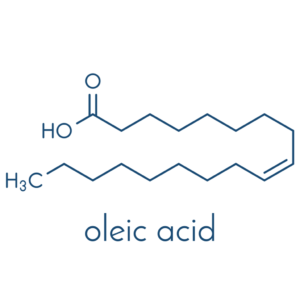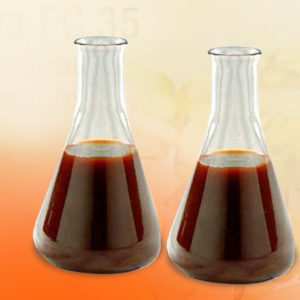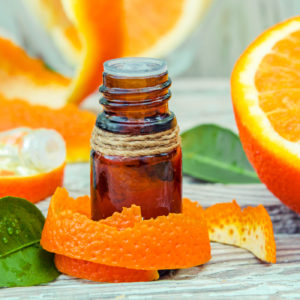Description
Organic Lauric Acid or systematically, dodecanoic acid, is a saturated fatty acid with a 12-carbon atom chain, thus falling into the medium chain fatty acids, is a white, powdery solid with a faint odor of bay oil or soap.
Occurrence
Lauric acid, as a component of triglycerides, comprises about half of the fatty acid content in coconut milk,
coconut oil, laurel oil, and palm kernel oil (not to be confused with palm oil), Otherwise, it is relatively
uncommon.
Properties
Like many other fatty acids, lauric acid is inexpensive, has a long shelf-life, and is non-toxic and safe to handle. It is mainly used for the production of soaps and cosmetics. For these purposes, lauric acid is neutralized with sodium hydroxide to give sodium laurate, which is a soap. Most commonly, sodium laurate is obtained by saponification of various oils, such as coconut oil. These precursors give mixtures of sodium laurate and other soaps.
Niche Uses
In the laboratory, Lauric acid is often used to investigate the molar mass of an unknown substance via the freezing-point depression. Lauric acid is convenient because its melting point when pure is relatively high (43.8 C). Its cryoscopic constant is 3.9 Ckg/mol. By melting lauric acid with the unknown substance, allowing it to cool, and recording the temperature at which the mixture freezes, the molar mass of the unknown compound may be determined.
Potential Medicinal Properties
In vitro experiments have suggested that some fatty acids including lauric acid could be a useful component in a treatment for acne, but no clinical trials have yet been conducted to evaluate this potential benefit in humans.






Reviews
There are no reviews yet.